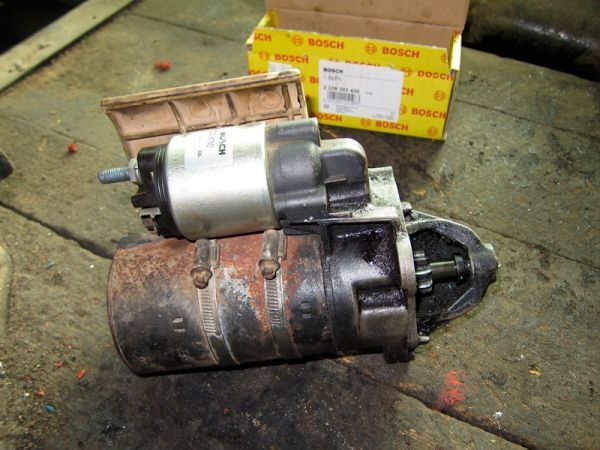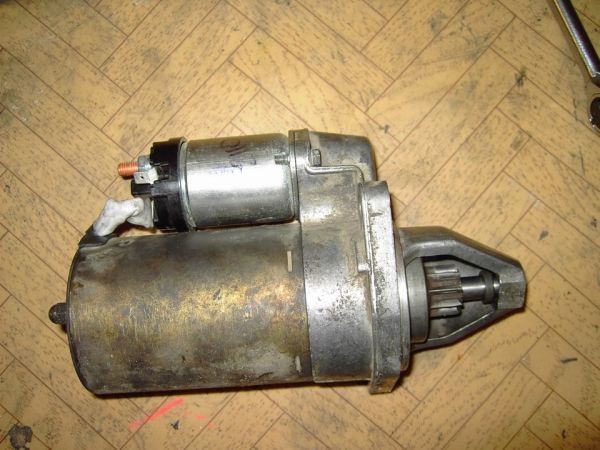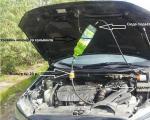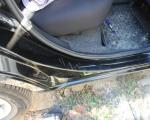How to close the starter with a screwdriver? Instructions for action
Often motorists ask the question: how to close the starter with a screwdriver to start the engine? And it occurs when the motor refuses to start due to the fact that the starter contacts are covered with an oxide film (strong dielectric) that prevents the normal flow of current. It becomes difficult to start the car without assistance.
Every car owner should know how to close the starter with a screwdriver in order to avoid trouble starting the engine. But before you learn how to do this, you need to understand that this method is not effective in all cases. First you need to identify the causes of the malfunction.
Starter short circuit
In order to close the starter, you will need a screwdriver, wrench, or other metal handy tool. In our case, consider the option with a screwdriver and.
Problems with the retractor relay give themselves out by a kind of click under the hood when the key is turned in the ignition. The click is a signal that the retractor is on, but the freewheel cannot turn the crankshaft. There is only one way out - to close the starter so that the voltage goes to the winding.
First you need to choose the right screwdriver so that its length fits the distance between the terminals that will be closed.

Next, the checkpoint is put to neutral gear, the handbrake is tightened to the stop, the key is inserted into the ignition lock and turned in the desired direction.
After that, the starter terminals are closed. The key, together with a screwdriver, works instead of a faulty relay, and the bendix turns the crankshaft. As a result, the long-awaited start of the engine occurs.
In general, the method is simple. But owners of cars from the 80s and 90s need to know that in non-contact ignition systems, the switch controls the voltage supply to the coil, but in old ones there is no such control, and when the starter is closed, the coil may break.
If you have to close the starter in the contact system, then it's better to do it together. One will need to turn the key in the ignition, and the second will close the starter contacts.
Major starter failures
More experienced motorists know that the car may not start for a number of reasons that have nothing to do with the starter. But still, most often the “dog is buried” in it.
To clearly understand the whole essence of the problem, you should familiarize yourself with common starter malfunctions, which include:
- burnt winding;
- malfunctions in the relay;
- overrunning clutch wear ();
- contact oxidation.

A bit of theory
With the main question, in principle, everything is clear. The entire procedure for closing the starter is accessible and does not require special knowledge and practice. But most may be wondering why the starter does not want to start the internal combustion engine?
The fact is that the retractor relay has in its design a solenoid, an electromagnetic coil and a contact group. The latter, in turn, has a washer and two bolts (copper).




